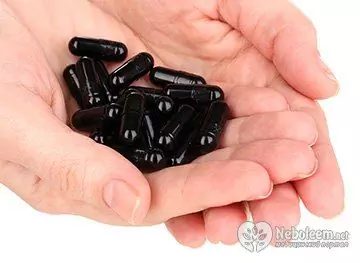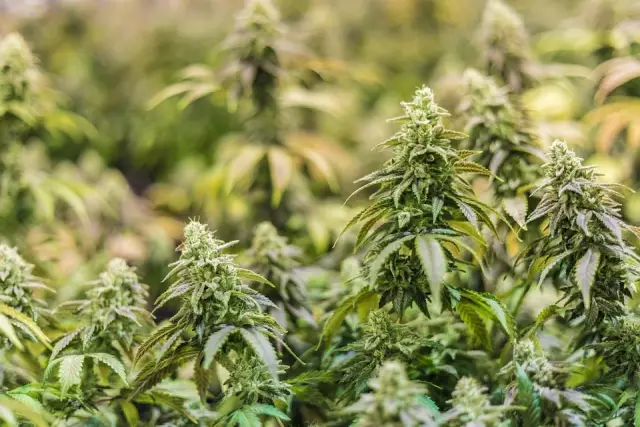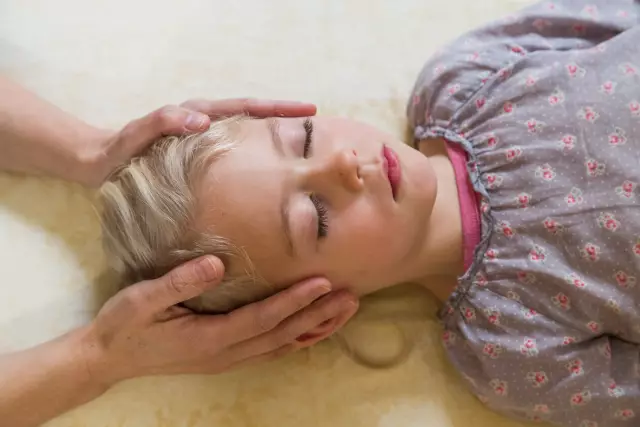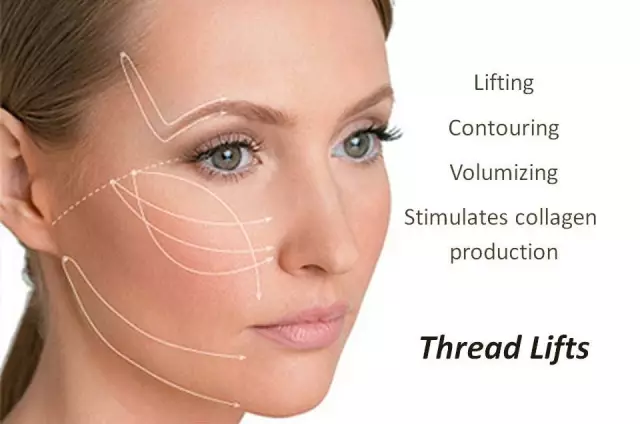- Author Rachel Wainwright [email protected].
- Public 2023-12-15 07:39.
- Last modified 2025-11-02 20:14.
Photorejuvenation

Photorejuvenation is one of the most promising directions in the practice of modern aesthetic medicine, which helps to eliminate wrinkles, spider veins, age spots, other cosmetic defects and general skin rejuvenation.
The method of photorejuvenation is based on the impact of pulsed high-frequency light on all, even the deepest layers of the skin, as a result of which an intense ejection of collagen is carried out. Collagen is a protein that serves as the basis for all connective tissues of the body, and its lack has a destructive effect on the skin: it becomes flaccid, flabby, and wrinkled. The photorejuvenation procedure allows you to quickly restore the skin, relieving it of:
- Fine and shallow wrinkles;
- Spider veins;
- Red spots;
- Enlarged pores;
- Pigmented lesions;
- Pathological blush;
- Uneven complexion
- Age-related changes;
- Roughness, pallor of the skin.
Photorejuvenation as a procedure is carried out during 5-6 sessions, during which the damaged skin is exposed to bright, similar to camera glare, flashes. The healing light penetrates the epidermis and deeper layers of the skin (dermis) - exactly where the "factory of youth" is located: pigment cells, blood vessels and collagen protein fibers. The cooling system built into the device eliminates the possibility of thermal damage to the upper layer - redness, peeling, which happens in the practice of treating the skin with a conventional laser.
Photorejuvenation can be performed on any part of the skin, be it hands, neck, face, legs. The duration of this procedure depends on the area of the treated surface, but most often, it lasts from 30 minutes to an

hour. After the photorejuvenation session is completed, the skin must be protected from exposure to ultraviolet rays - in order to avoid the reappearance of freckles, age spots, redness and wrinkles.
Are there any contraindications to the photorejuvenation procedure? Unfortunately yes. Cancer patients, people suffering from atopic dermatitis, epilepsy, blood diseases, fever and some other ailments should refrain from exposing the skin to a light wave. Also, do not carry out photorejuvenation for pregnant women and patients with severely tanned skin. The rest are welcome!
Found a mistake in the text? Select it and press Ctrl + Enter.






